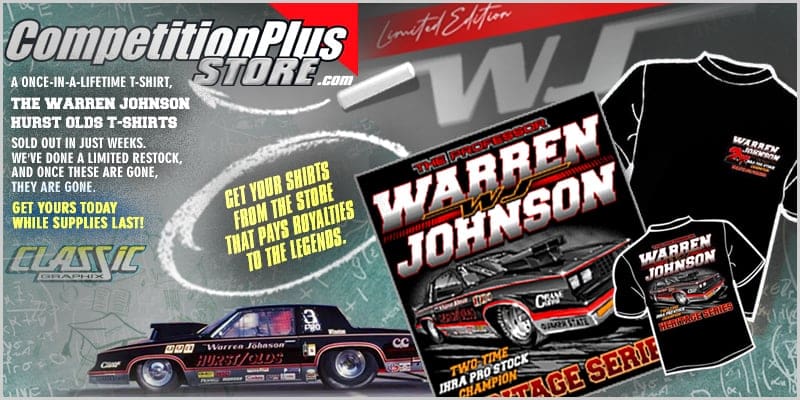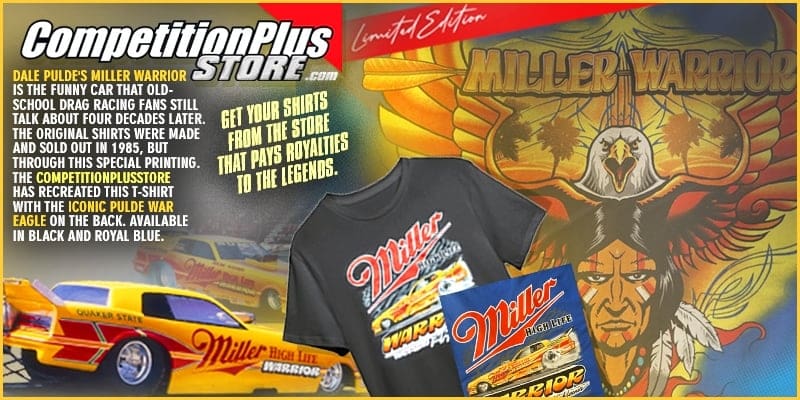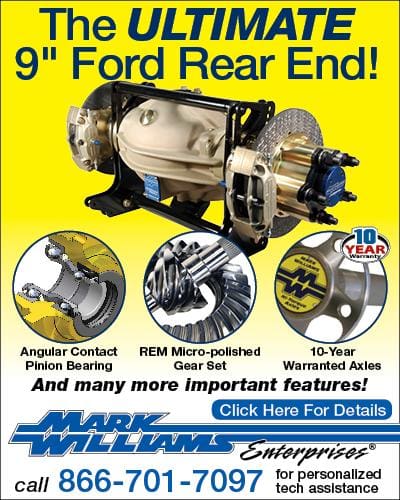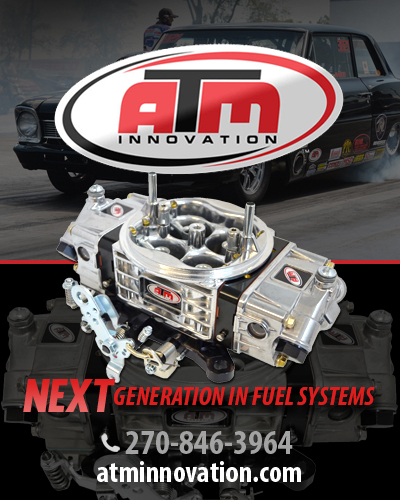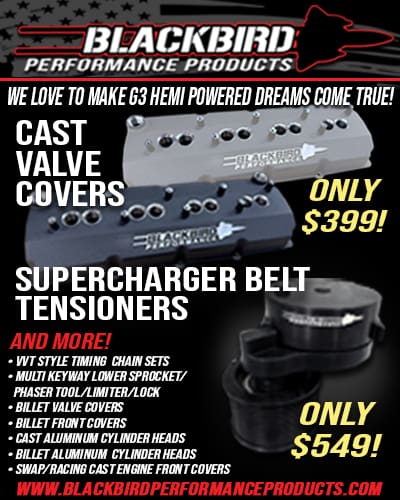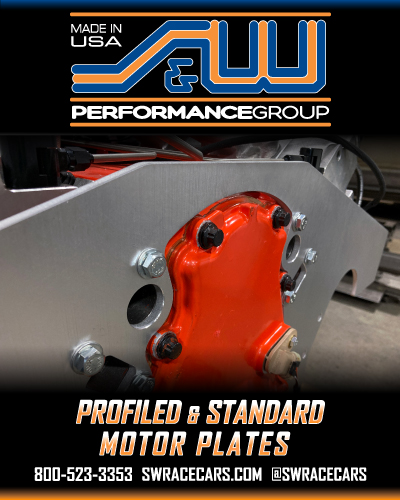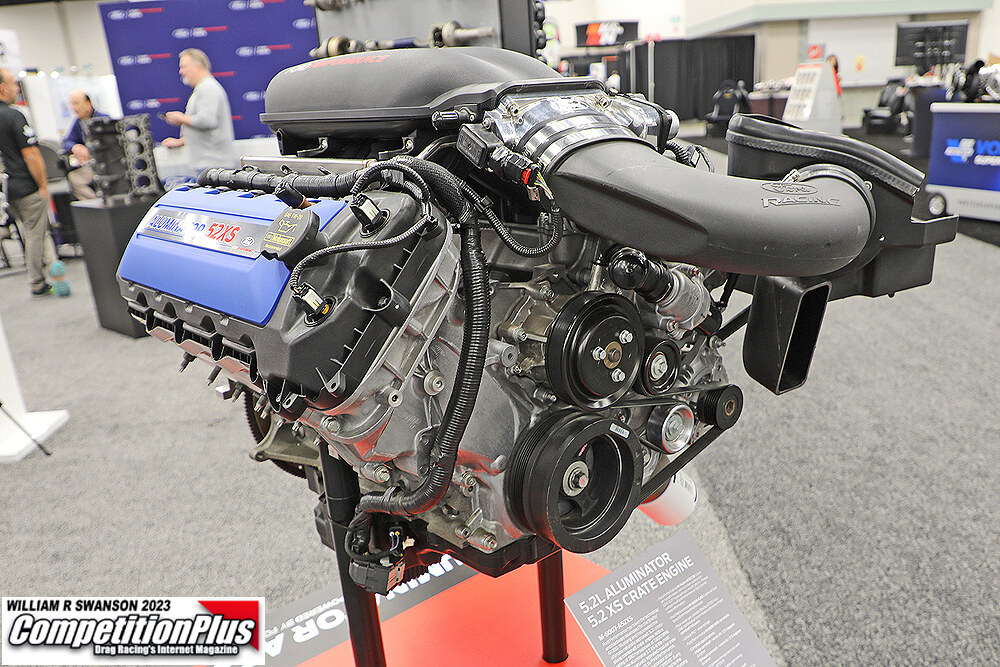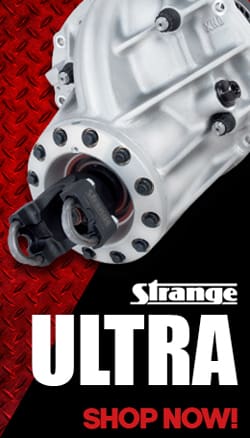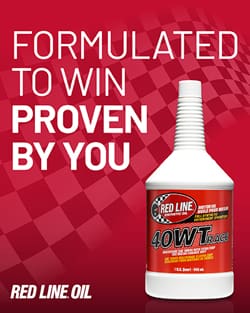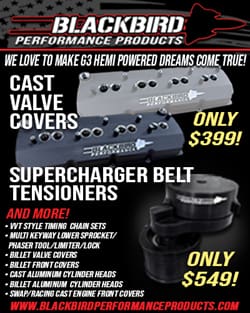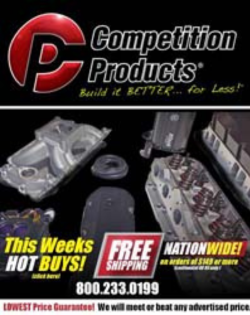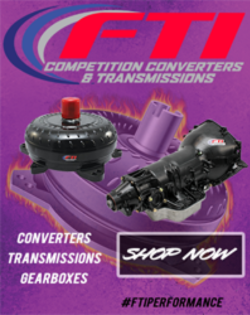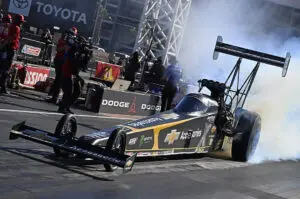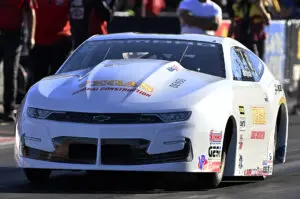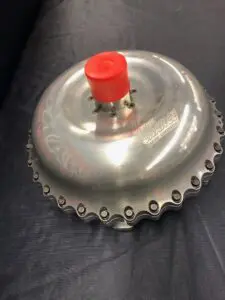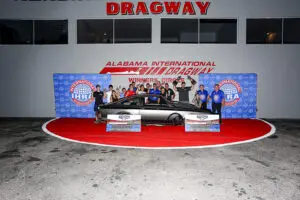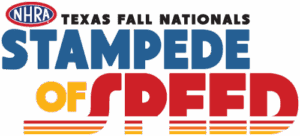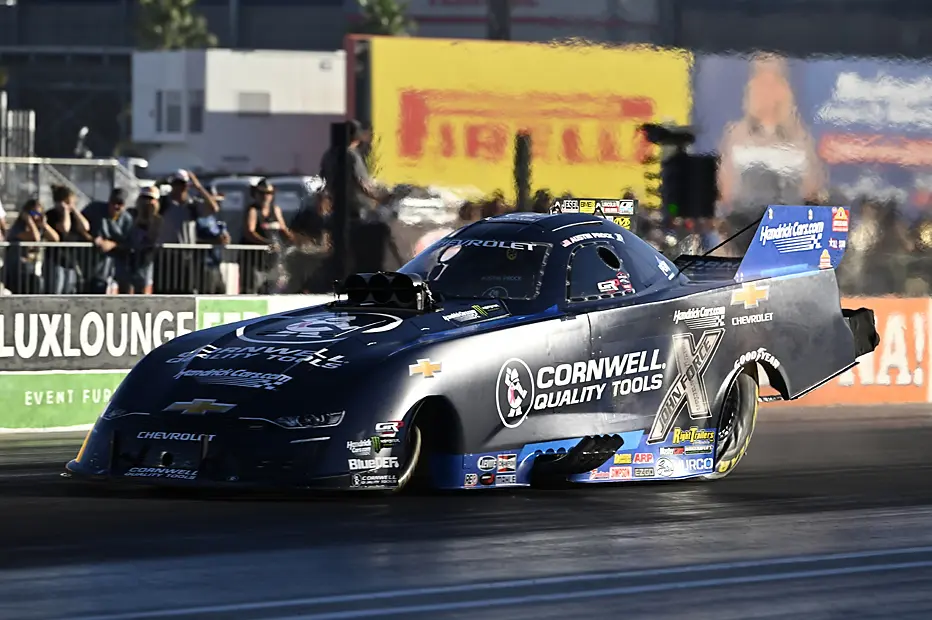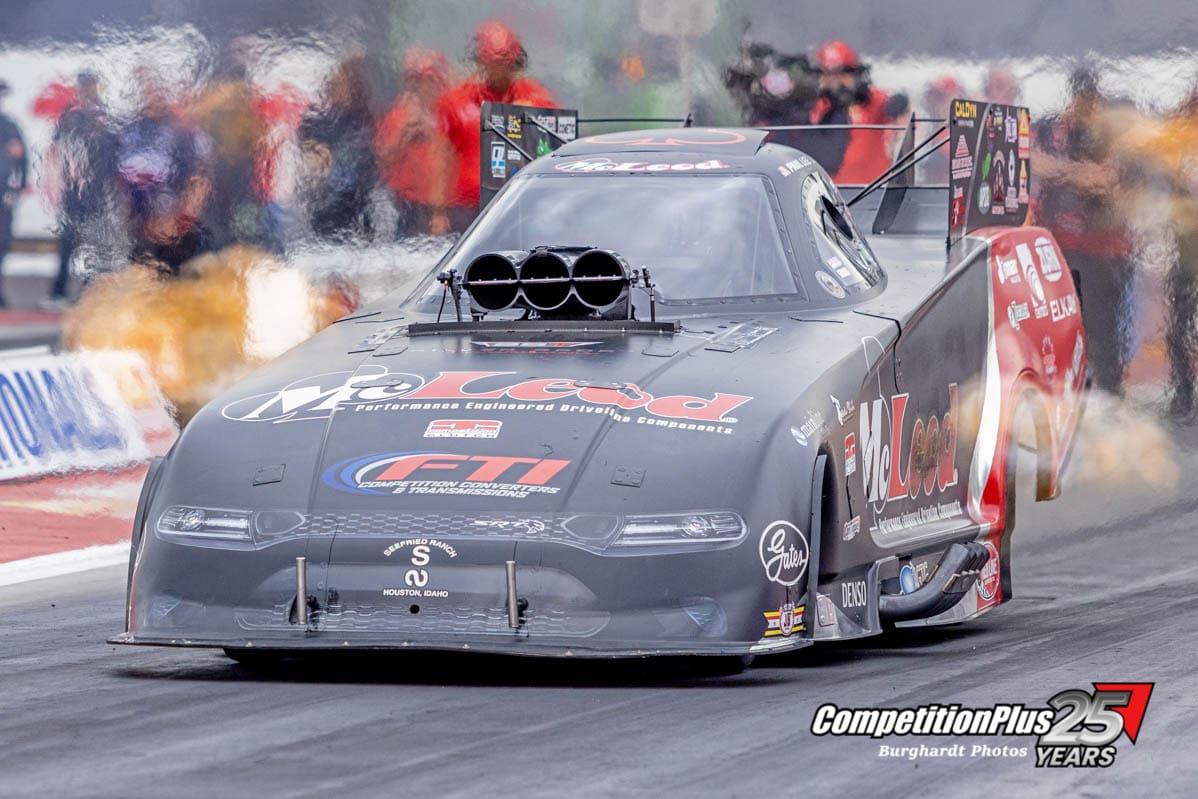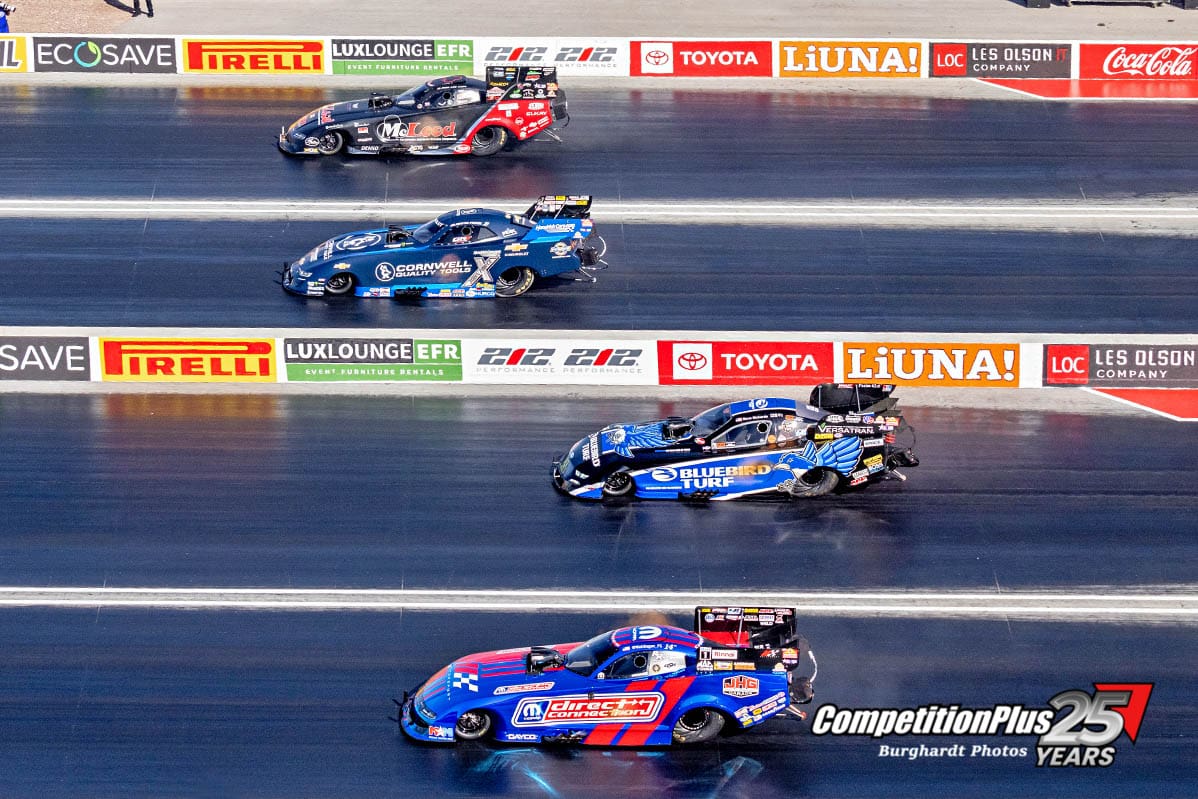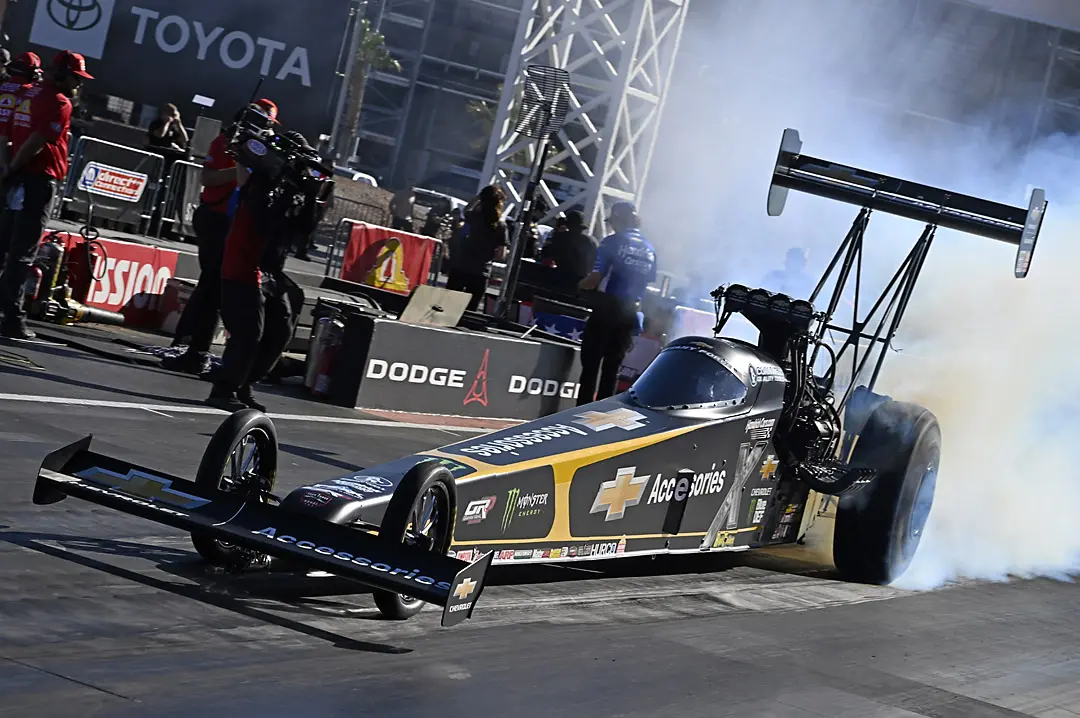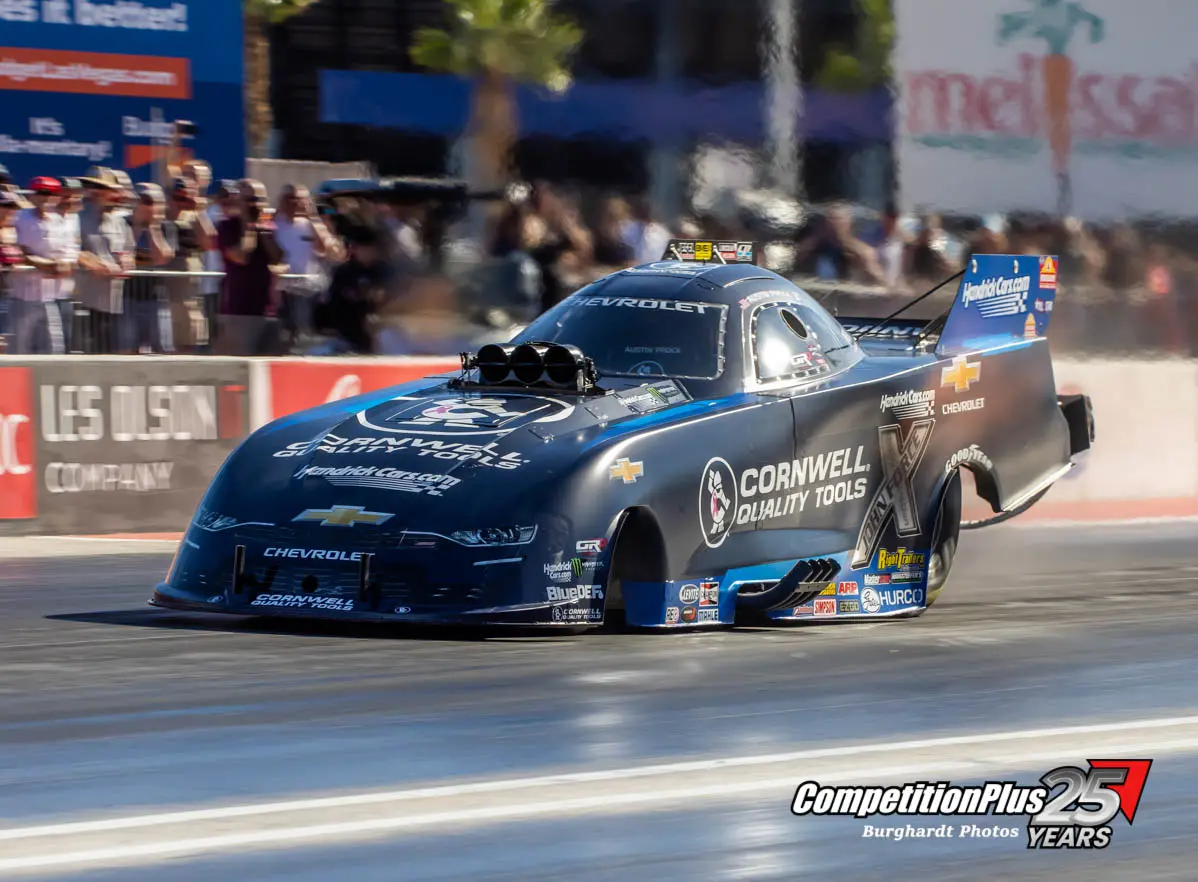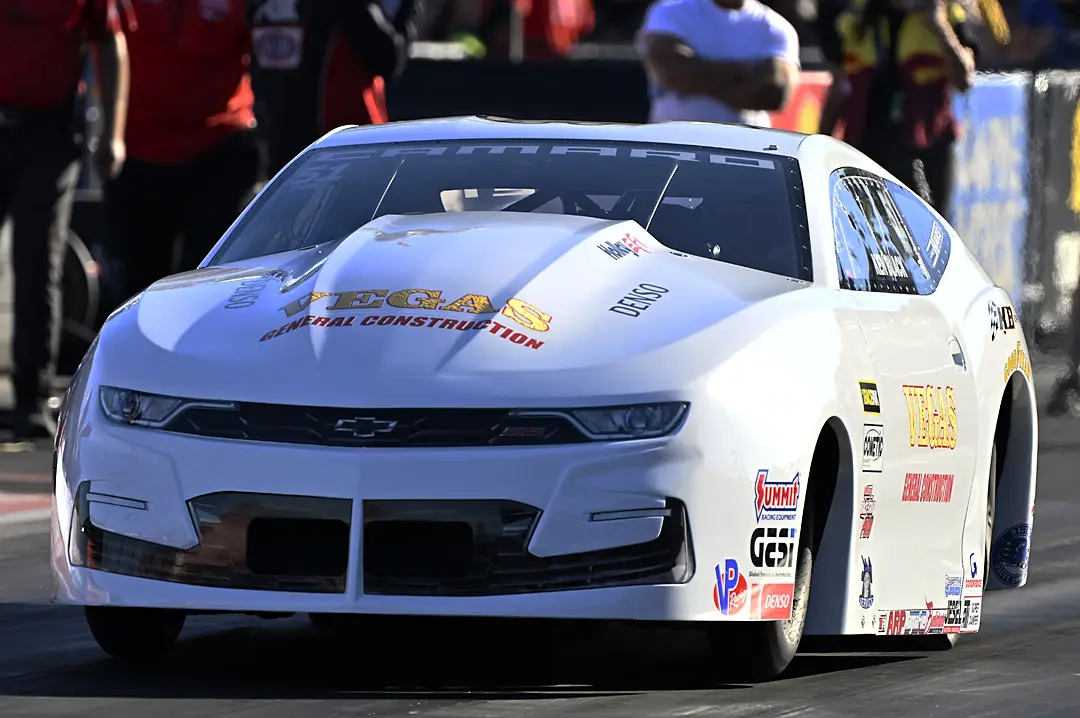Twenty years later, Steve Johnson and Matt Smith still remember the day the NHRA U.S. Nationals Pro Stock Motorcycle final ended twice. Johnson left Lucas Oil Indianapolis Raceway Park in 2005 as the official winner, but only after an unprecedented reversal that first gave the victory to Smith.
The 51st running of the U.S. Nationals ended with Johnson’s Suzuki and Smith’s Buell crossing the finish line so closely that Smith’s win light came on. He celebrated with his G-Squared team, held the trophy, and sat for interviews. But ESPN replays told a different story, showing Johnson’s bike in front at the stripe. Hours later, after private review and mounting public pressure, NHRA officials reversed the outcome. Johnson was declared the winner, Smith kept the purse money, and the debate about timing beams in motorcycle drag racing has lingered ever since.
Johnson said the controversy robbed him of a moment he had worked toward for two decades. “I know what happened. I went over the lights, the bike was bouncing, the beam has a pulse, and it missed the front tire,” Johnson said. “Luckily the sanction body made it right. They let Matt keep the money, or George Bryce at the time. They let him keep all the money and they gave me the check.”
Johnson admitted his first instinct was to ask for more than a check. “They never understood, as the sanction body would, what was taken from me,” Johnson said. “When they said, how can we make it right? I said, ‘Give me a red vet.’ And they looked at me like I was crazy. I watched Bernstein win after win after win do winner’s circle hats. I learned from that and I wanted to do that. And then I had a chance to do that and it was taken from me.”
He recalled that the sanctioning body tried to repair the situation later. “So they had a winner’s circle for me in Reading,” Johnson said. “Greg Anderson and I think Robert Hight and I forgot who else in Top Fuel that won, but we had some pseudo winner’s circle. They did what the sanction body would do. Heaven forbid you get into their bonus money.”
Johnson said he learned of the reversal through officials after a flood of complaints. “Luckily, I had a good relationship with the sanction body,” Johnson said. “Supposedly it shut down their webpage with so many people asking. And thank God Mike Dunn said, ‘Let’s look at that again.’ Then they freeze framed it and it’s like, you could see who was winning. And I put that on the t-shirt.”

Tom Compton, then NHRA president, phoned Johnson to deliver the news. “He said, ‘We’re going to award this to you and we’re going to do it on TV. Matt’s going to hand you the trophy,’” Johnson said. “It was nice to get the win, but it was nothing like being in the moment at Indy.”
The revised result gave Johnson the points, the purse, and his long-sought U.S. Nationals title. But he never forgot what was lost. “The sponsorship to be able to promote the U.S. Nationals winning? Those are very important things,” Johnson said. “Not to mention all your crew and the party you could have Monday night. To not stand in the winner’s circle, that was everything.”
Smith, who was only in his second season at the time, remembered the run differently. “People go back and look at that last run that I made,” Smith said. “We did such a willy out there. We hit a bump and right past the first mile an hour cone, I felt the bike come up. We was at least a foot and a half off the ground. And it broke the wheelie bar on that run down there.”
At first, Smith said, there was no doubt about the result. “We were actually celebrating and Graham Light came on the TV, after they showed the replay,” Smith said. “The announcer goes, ‘Whoa, whoa.’ And then Graham comes on and goes, ‘We will not overturn this. We go by win lights, not the photo finish.’”
That stance lasted one day. “Then a day later they called me up and said, ‘Hey, we got to overturn this. We were getting too much heat from other people,’” Smith said. “They said, ‘We’re going to let you have the money, but you got to give the trophy back.’ So they had to pay Steve the money, too, for a winner, and they let me keep the winning money. So it was a win-win.”
Smith said he quickly erased any doubts the following season. “I came back next year and won it anyway, legally,” Smith said.
Looking back, he admitted the outcome would have been handled differently today. “If that happened today, there’s no way Steve Johnson’s getting that trophy back,” Smith said. “I’ll fight him for that thing.”
The incident became one of the most debated rulings in NHRA history. The sanctioning body had rarely overturned the timing system, but officials acknowledged motorcycles posed unique problems with beams.
The infrared sensors pulse instead of running continuously, creating a chance for thin motorcycle tires to pass undetected at more than 180 mph. Johnson’s machined wheel may have slipped through the beam, making his fairing the first part of the bike to register.
Bryce, then co-owner of Smith’s team, accepted the reversal but pointed to the rules. “The NHRA says that it is the competitor’s responsibility to make sure that their vehicle is recognized by the timing system,” Bryce said at the time. “The bike that crosses the finish line first should be the winner, but you have to have a way to measure it. We were always told the timing system determines the winner.”
For Johnson, the legacy of the race is bittersweet. “This is some kind of poetic justice for motorcycles,” he said in 2005. “Everybody is talking about motorcycles. I can handle the misfortune of missing the moment of winning because this is better for bikes. We get the spotlight at this event. At the end of the day cool heads prevailed. The NHRA came up with the right answer. And hey, did you hear? I won the U.S. Nationals.”
Two decades later, the story remains a touchstone for Pro Stock Motorcycle racing. Johnson still laughs about asking for a Corvette instead of a trophy. Smith still bristles at losing a win he once celebrated. And fans still debate whether technology or the human eye should decide drag racing’s closest finishes.







